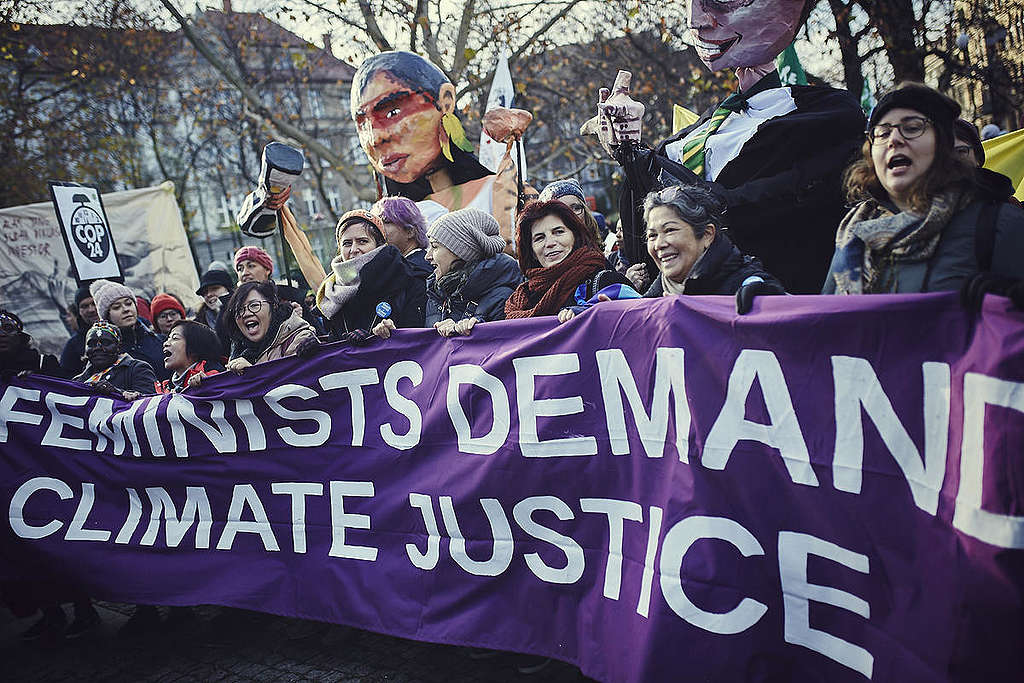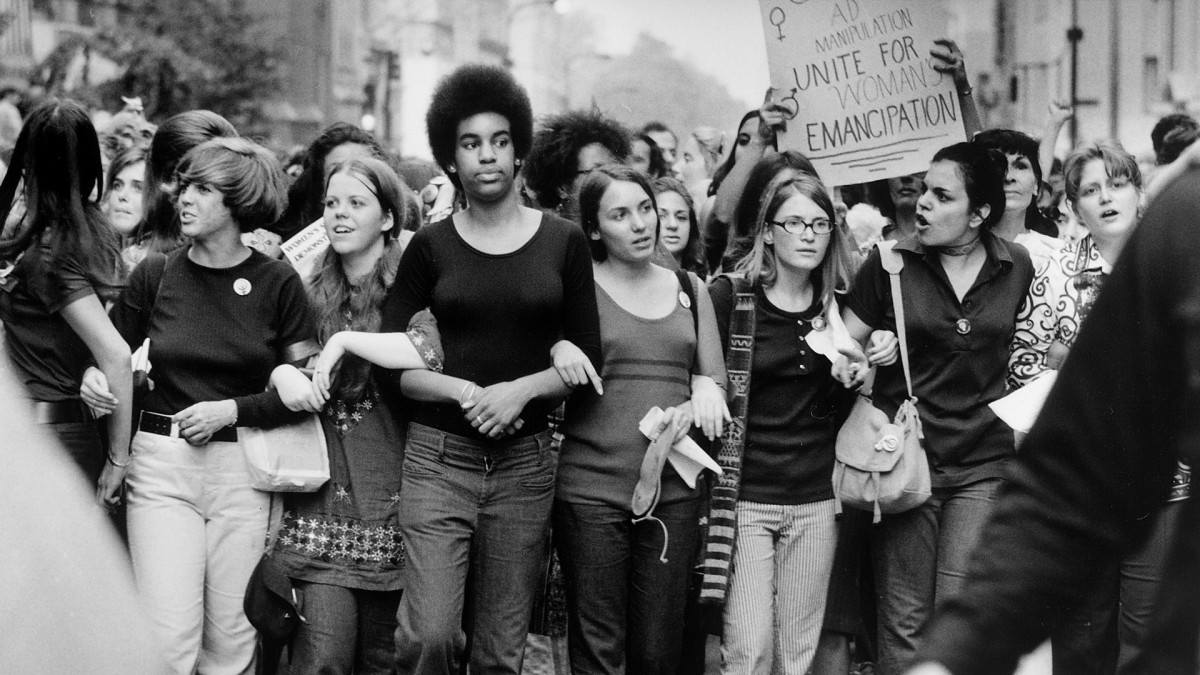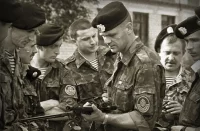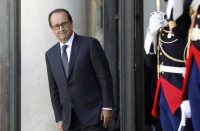The EU and gender policy
Women have certainly boosted their presence in the European Governments, thanks in part to electoral quotas, but are still under-represented despite high profile exceptions like Angela Merkel and Margaret Thatcher. According to a study by the European Commission, the European Union’s executive arm, even if there are increasing numbers of women candidates their male counterparts still have a better chance of getting elected due to ingrained prejudices and customs.
“It’s wrong to blame women, voters. The main problem is that male voters vote for male candidates”, argues Drude Dahlerup, a Professor in the department of political science at Stockholm University. ’We are changing from the idea that equality will come by itself. Today we realize this is not the way things work’, added Dahlerup, who has researched gender quota systems.[1]
The proportion of female members of national Parliaments (single/lower house) across the EU has risen, for example, by almost half over eleven years, from 16% in 1997 to 24% in 2008. Sweden, the Netherlands, and Finland are the only EU countries with more than 40% women in Parliament, the majority of the EU Member States still have less than 25% women as MPs.
The European Parliament was just above the national Parliaments figure with 31% women and 69% men (in 2008). This is a better balance than in national Parliaments[2] but progress towards gender equality has stagnated and there has been little change since the 1999 elections, the representation of women remains more or less static. The 2009 elections represent an opportunity to take the next step forwards. On average, men outnumber women among ministers in national Governments by around three to one (25% women, 75% men).[3]
While the last decade has seen a general increase in the number of women in decision-making positions in Europe, women remain very much in a minority in the political (and economic) spheres. In Parliaments, Governments, and Ministries and in the private sector too, power is still firmly in men’s hands. The EU sees the equality between women and men as a fundamental right.[4] The European Commission that handles the subject of gender equality is the European Commission for Employment, Social Affairs, and Equal Opportunities. The EU is committed to promoting gender equality in decision-making positions, to raising awareness of the gender gap in this area, and to taking action to improve the situation. That is why the European Commission’s “roadmap” for equality between women and men lists equal participation of women and men in decision-making procedure as one of its priorities. Thus, the roadmap is the basis for action towards gender inequality in the EU in which the participation of women in decision-making is a part of.[5]
The European Commission has made an investigation around this issue and has come to some general facts which are worthwhile to take a look at.
A balanced choice of candidates for election ought to result in the equality amongst elected representatives. Data from across Europe show that in general, more women candidates result in more women being elected but that men still have a better chance of being elected. Extrapolation of results from the most recent national elections across Europe implies that, on average, an election with 50% women candidates would result in a parliament with just 39% women members or, putting it in another way, there would need to be 63% women candidates to achieve parity in the final assembly.

The positive action in the form of electoral gender quotas can help bring about rapid change but they are not a guarantee of success. How political parties allocate candidates to winnable seats or distribute them on lists has a significant part to play in the limited success to date in electing more women from the available candidates. Some types of electoral systems are more open to promoting favored candidates than others and the result is that women candidates are too often left with a low chance of being elected. The re-election of incumbents severely restricts the rate of member turnover at each election. Estimates suggest that, on average, around two-thirds of members are reelected on each occasion meaning that there are limited opportunities for new faces and, therefore, for change in the gender balance. For example, at the European elections in 2004, around two-thirds of the candidates were men and just one-third women. If the future elections are to bring about any real progress in terms of gender equality then more women candidates need to be found. Although many voters indicate that they would like to see more women in elected positions, there is no strong evidence to suggest that people actually vote based on gender. In other words, it is wrong to think that people who in principle want more women in politics, in practice would really vote based on gender.
Possible solutions
It is a mistake to think that the problem of the underrepresentation of women in Parliaments, Governments, and high politics will solve itself. The problem is a direct consequence of the gender inequality problem, which is very complex and has a lot of causes that are deeply rooted in society and its people. Therefore, there is a need for a concrete policy towards this issue.
Certain methods of closing the representation gap can be evaluated in the following paragraphs.[6]
Quotas
The introduction of gender quotas, whether legislative or voluntary, can help to speed up change but they are not without controversy – some would argue that such affirmative action contradicts the principles of equal opportunity – and they are also not always the quick fix they might appear to be. Quotas can quickly boost the number of women candidates but do not guarantee that these women are positioned fairly on candidate lists or in electoral districts where they have a reasonable chance of being elected.
Further action may, therefore, be necessary to ensure a coincident increase in the numbers of women actually elected.
In Slovenia, the elections held at the end of September 2008 were the first to be held at the national level since the 2006 National Assembly Elections Act, which imposes a quota for candidates by gender (minimum 25% in the transitional period, 35% thereafter). The quota was well respected with women accounting for more than one-third of candidates but the final result saw just one more woman elected compared to the previous, pre-quota, Parliament, and an overall membership of just 13% women and 87% men. Interestingly, the 2007 elections in Belgium (49% candidates; 37% elected) and the 2008 elections in Spain (47% candidates, 36% elected) both gave results very close to the projected result with 50% women candidates.
However, there are of course exceptions on either side of the trend – the elections after 2006 in Slovenia, France, and Romania all saw far fewer women elected than would be expected from the fairly high shares of candidates, whilst in Germany, the Netherlands, Denmark, Finland, and Sweden more women were elected compared to the general trend and the final results were even ahead of the parity line. Thus, on average, as would be expected, more women candidates generally result in more women being elected but it is striking how far the trend line deviates from parity.
Nevertheless, the gender quotas system can help the move towards gender parity but are not a guarantee of real success. The first step in promoting female representation must be to promote more women candidates.
Electoral Systems and Political Parties
The most important factors that do prevent quotas from working are the allocation of candidates between electoral districts and/or the position of each candidate on lists (where relevant). All political parties want to win elections and even though many parties promise action on improving the representation of women, the bottom line is that their electoral strategy will always focus on maximizing the number of candidates elected ahead of any other issues.
Quotas are hardest to apply in single-winner systems where each party nominates a single candidate per constituency so that it is not possible to offer individual voters any choice by gender. Even if an overall quota is applied, the party is still at liberty to allocate candidates between constituencies and put favored candidates into “safe” seats where votes for the party are generally secure. In multiple-winner systems where candidates are selected from party lists, usually by some form of proportional representation, then the order of candidates on the list significantly influences who is elected. In completely closed lists, voters effectively choose only which party they want to support, and candidates are selected based on their position in the list and the proportion of votes received by the party.
However, even in the most open list systems, where voters select individual candidates who are then elected purely based on the total number of votes received, analysis of voter behavior indicates that those near to the top of the list have an advantage over those at the bottom. There is a variety of list-based electoral systems and most fall somewhere between the extremes of fully open or fully closed and offer considerable scope to influence who is elected from the full complement of candidates.[7]
 In short, although quota systems can dramatically improve the gender balance amongst candidates, if they are to succeed in getting more elected women, they need to be applied in a way that pays careful regard to the intricacies of the electoral system.
In short, although quota systems can dramatically improve the gender balance amongst candidates, if they are to succeed in getting more elected women, they need to be applied in a way that pays careful regard to the intricacies of the electoral system.
Thus, the historical predominance of men and electoral systems combine to restrict the rate at which women are integrated into political life.
Re-election of incumbents
More women candidates usually meant, more women elected, yet a man has a better chance.
Politics is often a career choice and many incumbents seek re-election. Incumbents are more likely to be (re)elected than new candidates. Given a choice of candidates from the same political party, voters tend to choose the well-known ones (usually the incumbents).
Political parties have an important role in determining the composition of elected bodies, to the extent that they can override the effect of quotas. At election time, voters will always tend to support someone that they know of, and most of the time that will be the incumbent member. As a result, incumbents seeking re-election will tend to be favored by the party and benefit from any strategy to ensure electoral success for the party.
One solution to the problem of incumbent retention at infrequent elections could be to impose term-limits, where elected members are only allowed to be re-elected a fixed number of times, thereby increasing turnover, or even prohibiting immediate re-election, which would immediately bring zero retention and 100% turnover.
However, this type of approach can reduce the effectiveness of the legislature by excluding experienced policymakers and is unlikely to be voted in by the current incumbents. Nevertheless, it seems clear that the rate at which women can be integrated into political decision-making will remain slow unless the incumbency problem is addressed. Of course, once there is a good gender balance in an elected assembly then retention of incumbents can help to maintain that balance but this situation has not been reached in many assemblies.[8]
Other measures
Of course, there are also other actions to think of to help solve the problem of the unbalanced representation. The recruitment and selection of female candidates by political parties could be made better (more open), policy or action plans to stimulate girls to take on political studies, women to make different career choices and to take the step to political functions, to stimulate the “political sector” to be more open towards women and to adapt itself.
Also, anti-discrimination policies, in general, could help people to think less in stereotypes and to change their mentality towards women and politics.
During the electoral campaign, as well as, the role of the media is playing a very significant impact on the voters and, therefore, the media could make an important effort to increasing their focus on the female candidates.[9]
Final remarks
We have seen that gender differences can lead to inequality in treatment and the chances people get in life, simply based on the fact that they are a woman or a man.[10] However, equality between women and men is a fundamental right. That is why the representation of women in politics requires an active policy to solve this democratic deficit.
However, there have been some improvements in the situation, but there is still no equality in chances to be elected or to build out a political career, this is even less so at the very top. Solutions are very diverse, and cannot stand alone, but need to be interactive. A policy towards this issue has to be full and involve a package of solutions to really be effective.
Further investigation towards the solutions and the effects of the solutions, not only on the representation of women in parliaments but also on their representation in the high politics, is necessary to close the gap of female representation in politics.[11]
Reposts are welcomed with the reference to ORIENTAL REVIEW.
Endnotes:
[1] European Commission, Directorate-General for Employment, Social Affairs and Equal Opportunities.
[2] The result of women’s representation may be better in the European Parliament because the perception of the European Parliament may also affect the selection of candidates and voter behavior. Although the European Parliament deals with a range of issues including environmental protection, consumer rights, equal opportunities, transport, and the free movement of workers, capital, services, and goods, all of which have a direct impact on the daily lives of citizens, a 2008 survey reported that 51% of respondents were not interested in the elections for the European Parliament. It may be that this contributes to making it easier for women to be selected as candidates for the European elections than for national elections where voters tend to vote for well-known individuals – often the established, and mostly male, incumbents.
[3] European Commission, Directorate-General for Employment, Social Affairs and Equal Opportunities.
[4] See, for instance [The European Commission, A Diverse Society: Tackling Discrimination Across Europe, DVD, Publication Office, 2008].
[5] See more in [Verloo M. (ed.), Multiple Meanings of Gender Equality: A Critical Frame Analysis of Gender Policies in Europe, Budapest−New York: Central European University Press, 2007].
[6] The European Commission, Women in European Politics–Time for Action, 2009.
[7] About electoral systems, see in [Farrell M. D., Electoral Systems: A Comparative Introduction, Second Edition, Macmillan−Red Globe Press, 2011].
[8] About the party system, see in [Mair P., The West European Party System, Oxford−New York: Oxford University Press, 1990].
[9] About the gradual emancipation of the Western women in society and politics, see more in [Duby G., Perrot M., (general eds.), A History of Women in the West, Cambridge, Mass.: Harvard University Press, 1994].
[10] See more in [Language and Gender: A Reader, Oxford, UK: Blackwell Publishers Ltd, 1998].
[11] On the history of political struggle for women’s rights, see in [Rupp J. L., Worlds of Women: The Making of an International Women’s Movement, Princeton, NJ: Princeton University Press, 1998].














Highlighting that the structure of women’s and men’s rights is now aligned in the world is almost equal to lying ideologically to everyone because there are still places and cultures where all manner of backgrounds play a cruel joke. Of course, some spaces can be compared to the ungendered, such as this https://callmechat.com/omegle one, the heyday of strength and feminine courage. But we need more places like this omegle lady zone, much more!
Highlighting that the structure of women’s and men’s rights is now aligned in the world is almost equal to lying ideologically to everyone, because there are still places and cultures where all manner of backgrounds play a cruel joke. Of course, there are spaces that can be compared to the unigendered, such as this https://callmechat.com/omegle one, the heyday of strength and feminine courage. But we need more places like this, much more!